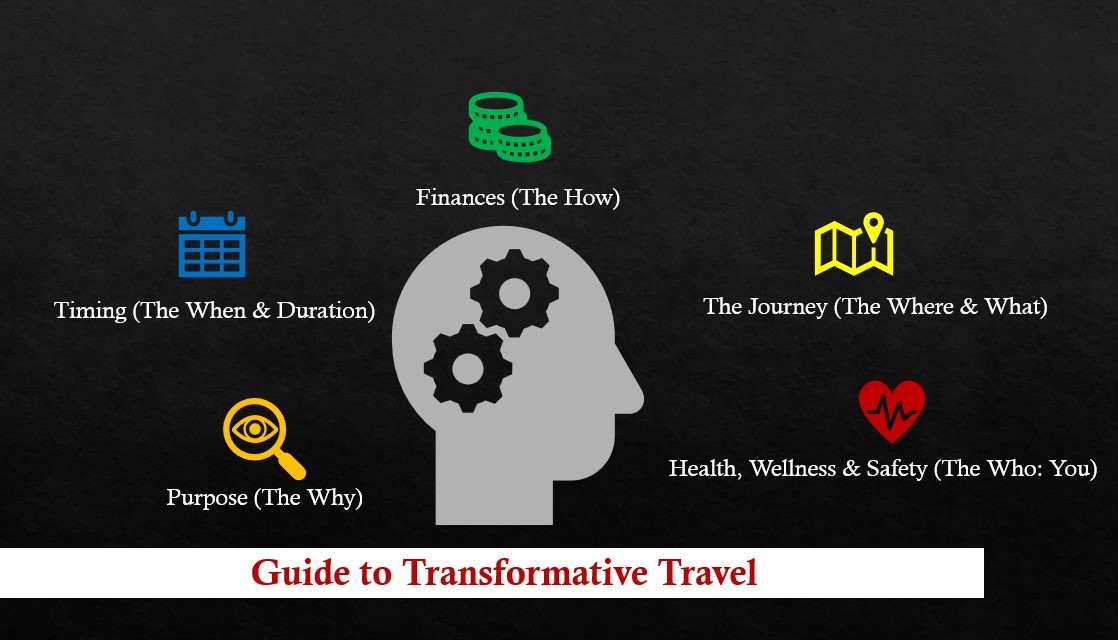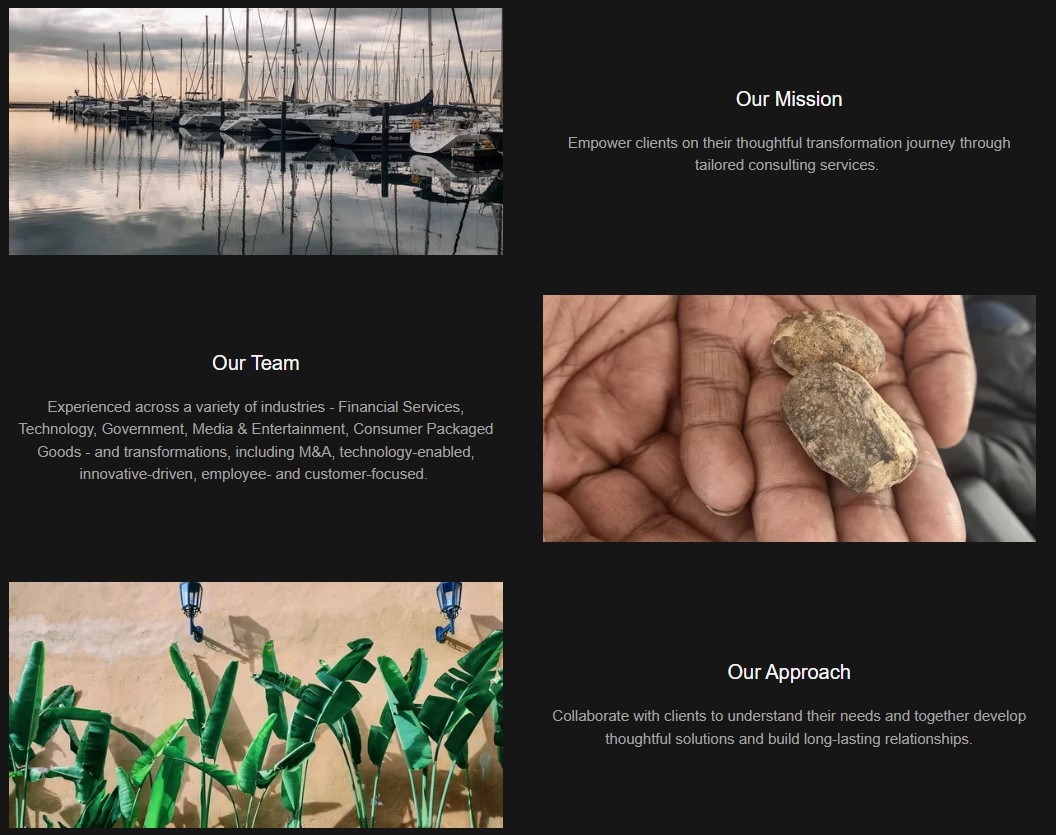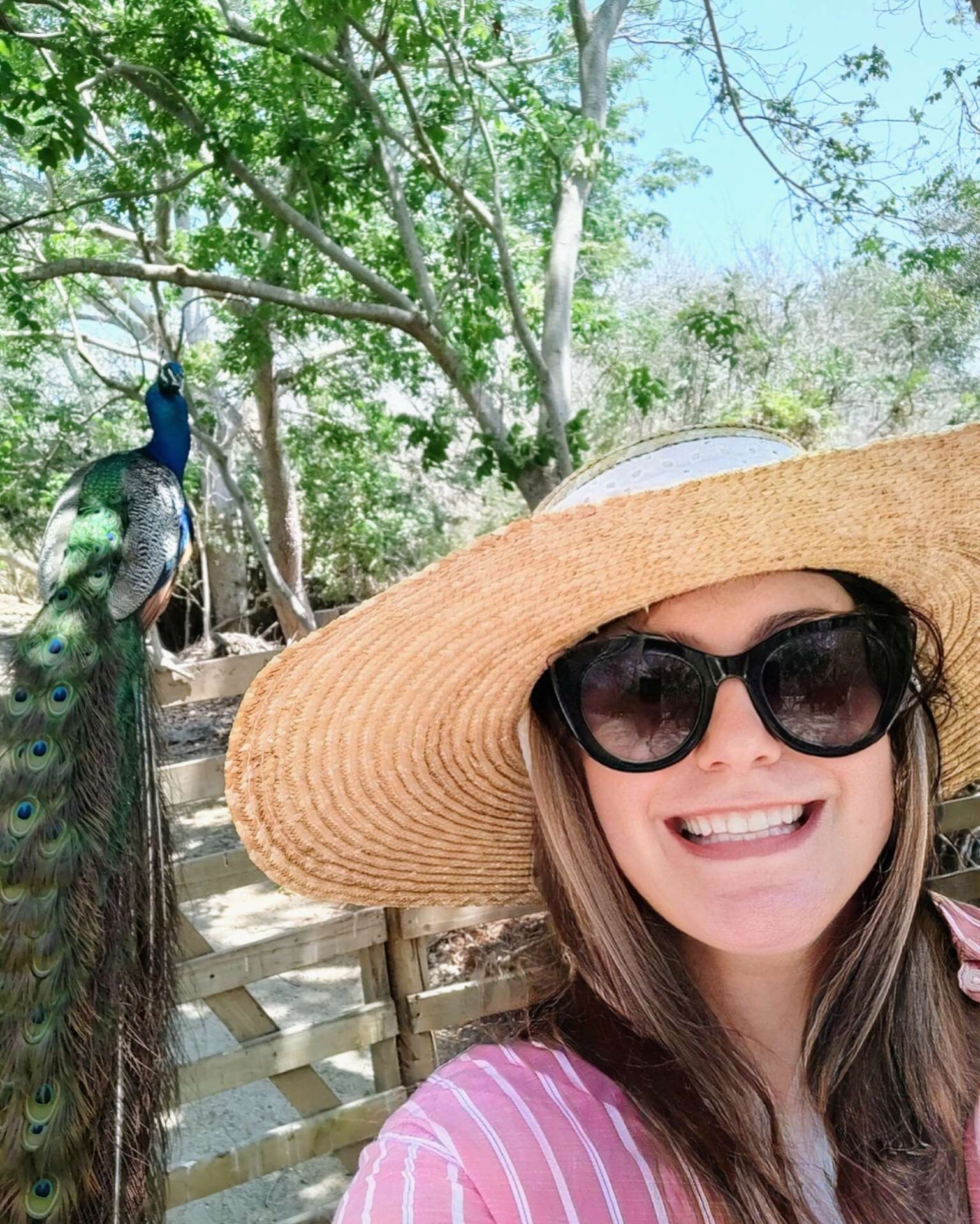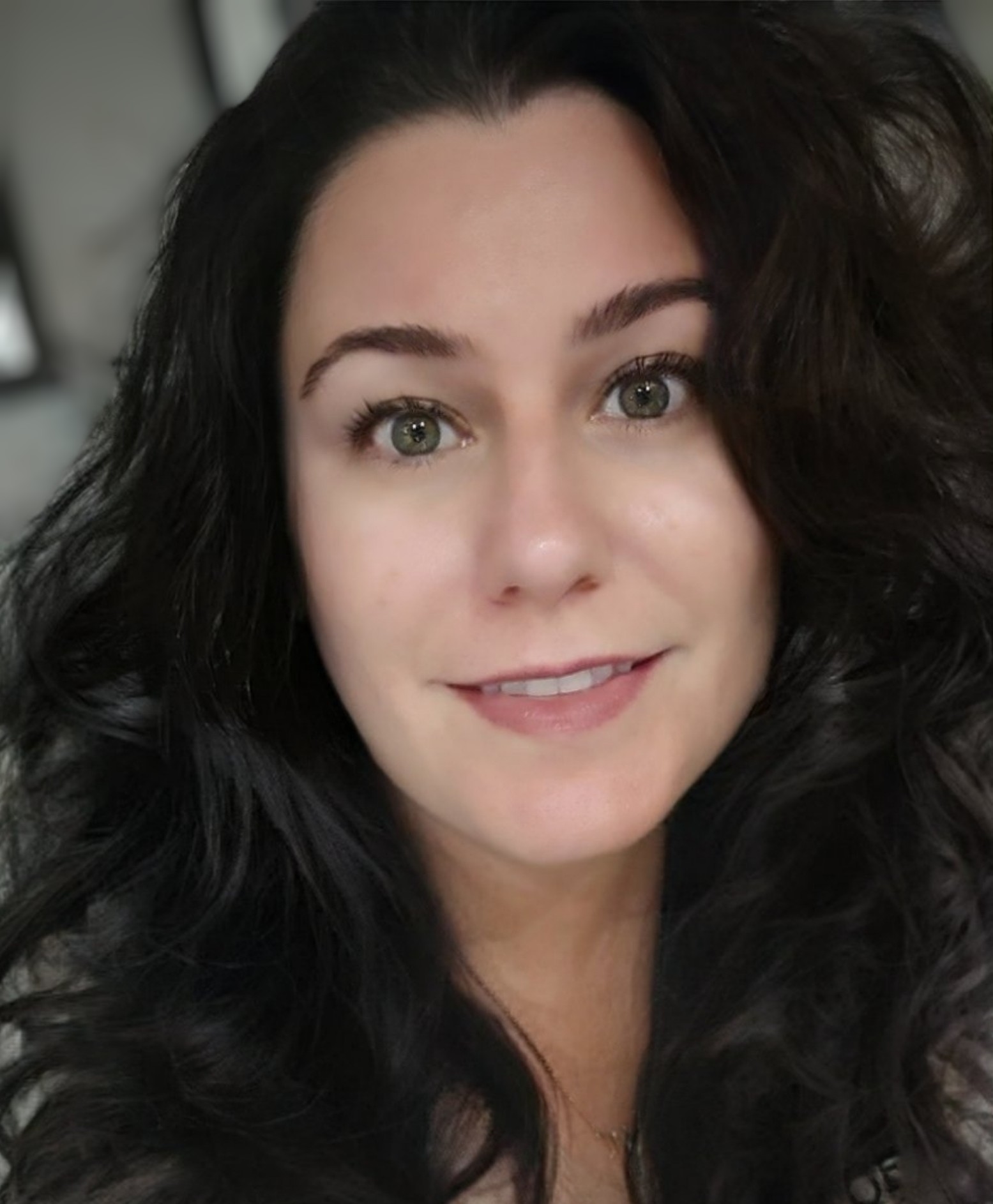We caught up with the brilliant and insightful Robyn Betchner a few weeks ago and have shared our conversation below.
Hi Robyn, thanks for joining us today. Too often the media represents innovation as something magical that only high-flying tech billionaires and upstarts engage in – but the truth is almost every business owner has to regularly innovate in small and big ways in order for their businesses to survive and thrive. Can you share a story that highlights something innovative you’ve done over the course of your career?
I view innovation as the intersection between experimentation and value-generation. However, value can be subjective; it can be of financial, societal or personal growth.
The most innovative endeavor I have undertaken combined experimentation and personal growth: I stepped away for two years to travel the world during the COVID pandemic. This forced me to rethink how I approached everything – how I live, how I work, and how I travel.
Building from the experience, I launched a monthly webinar – Guide to Transformative Travel – where I use my two years of near-constant travel to educate and inspire people on embarking their own long-term travel journey.
The guide focuses on five key steps:
- The Why – Purpose
- The When – Timing
- The How – Finances
- The Where and What – Journey
- The Who (You) – Health, wellness and safety

Great, appreciate you sharing that with us. Before we ask you to share more of your insights, can you take a moment to introduce yourself and how you got to where you are today to our readers.
After spending 15 years at major consulting firms providing advice and guidance to large financial institutions, and completing two years of travel, I decided to start my own consulting company focused on business and personal transformation. This allows me to apply my skills, experience and expertise with a larger variety of clients and in different contexts.
With my business clients, I provide two types of engagement:
1. Traditional management consulting, where I partner with them to develop and implement thoughtful business, operational and people strategies tailored for their situation. This could include process improvement, organization structure, technology selection, among other services.
2. On demand consulting, which is typically a one-hour session. It could be a brainstorm or “run something by you” or “bounce an idea off of you” or a subject matter deep dive. There is no lengthy contracting or invoicing cycle. This enables a client to get a quick third party perspective. Clients can book directly on my company’s website: grandventureadvisory.com.
In regards to my individual clients, it is more around guiding them through a thoughtful transformative travel journey. After attending a small group webinar – Guide to Transformative Travel – I can provide one-on-one individual consulting around specific elements of the guide, as well as refer them to other experts (particularly around individual financial matters).

Do you have any insights you can share related to maintaining high team morale?
Ultimately, it comes down to transparency, communication, and realistic expectation setting.
1. Be open and transparent at the outset and continue that throughout the team relationship. I have an exercise whenever I have a new team. We sit down together – virtually or in person – and talk about individual and team goals, expectations and what we want to gain from the experience. I also encourage people to share what their pet peeves are, and how they like to be communicated with or engaged. For example, I had heard complaints about someone being non-responsive, and it was creating a fair amount of angst with another person. When I had both people on the same team, we went through this exercise. We discovered that one person was sending text messages, and the person receiving text messages, had previously established (but not communicated) that part of their work-life balance was not responding to work-related text messages, especially after normal business hours. If an email was sent or a phone call made, then there would be a response. By doing this simple exercise, it enabled these two team mates to work better together by establishing boundaries, communication and working styles.
2. Some years back, I taught a leadership development class and one of the foundational elements was E+R=O, or Event + Response = Outcome. Essentially, how you respond to an event or situation, will directly impact the outcome, and that outcome can become someone else’s event (either positive or negative). This thinking helped me change my approach and communication style to different situations. Where in the past I might have been more reactive or critical, I became more thoughtful and empathetic.
3. The happiness gap is the difference between expectations and reality. If you set overly high expectations or targets, that may not be achievable by you or by the team, then no one is happy and everyone is demoralized. If you set realistic, achievable, but still high expectations or targets, and when they are achieved (or even close to achieved), then there is a greater sense of accomplishment and increased morale.

What’s a lesson you had to unlearn and what’s the backstory?
Most of my life, I had been rather risk averse with a very pragmatic and highly structured life approach. However, that all changed in 2020, when I sold my dream home and stepped away from a successful consulting career to travel the world…during a pandemic. This was by far the biggest series of risks I had ever taken. This was My Grand Adventure.
For the next two years, most of my life planning was limited to the next three weeks: flight in, flight out and lodging during the interim. Thus, forcing me to really roll with whatever came my way, be it bracing for multiple hurricanes in Mexico or fleeing a civil war in Ethiopia or complying with ever-evolving COVID restrictions.
Yet, if I hadn’t embraced risk, my experience would not have been as fulfilling nor empowering.
When planning my trip to Namibia, I decided to embrace the ethos of My Grand Adventure and road trip/self-drive instead of joining a tour group or hiring a driver.
This may not sound that risky, but Namibia has the second lowest population density in the world, meaning any type of services tend to be 100 – 200 miles apart. This also means there are few very people on the roads, which 90% are unpaved and unmarked.
I was quite literally on my own, in a car, out in the middle of nowhere, with nothing near me except for maybe a roadside baboon or a solitary tree serving as a rest stop.
And though at times I was scared, frustrated and feeling a little lost (GPS can be a little questionable), most of the time I kept saying to myself “You are doing this! Can you believe you are doing this?!” in between pulling off the gravel/dirt/rock road to take pictures of an otherworldly landscape.
By embracing this risk and many others along the way, I found a new sense of self-confidence, perception and perspective. Now whenever I have some self-doubt, I just say to myself “You drove across Namibia solo! You fled a civil war! You got this!”

Contact Info:
- Website: https://grandventureadvisory.com/
- Instagram: https://www.instagram.com/thegrandadventuress/
- Linkedin: https://www.linkedin.com/in/robyn-betchner-758b261/
Image Credits
Robyn Betchner


